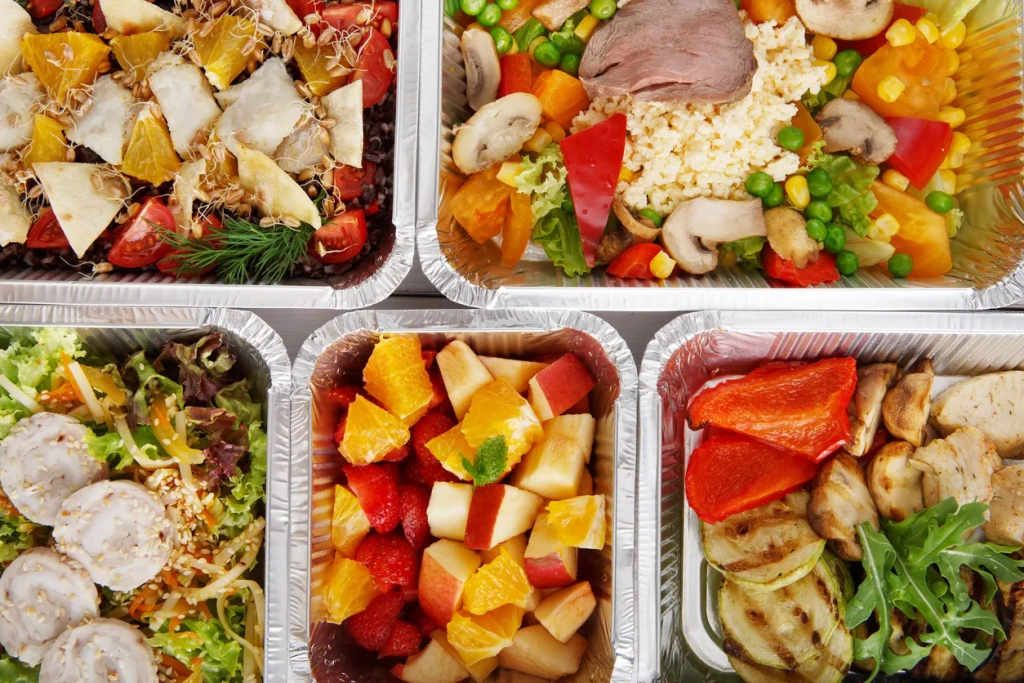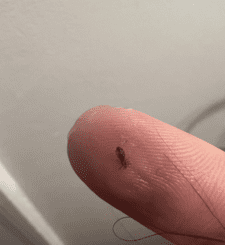In a tragic incident in 2020, a family in China fell fatally ill after consuming a breakfast of leftovers stored in their freezer for a year. The food, a traditional dish called Suantangzi—fermented corn noodles—was tainted with a lethal poison known as bongkrekic acid. Within days, nine out of twelve family members who ate the dish had lost their lives. This heartbreaking event serves as a stark reminder of the potential dangers lurking in certain fermented foods and how improper storage can turn a harmless meal into a deadly one.
In this article, we’ll explore what bongkrekic acid is, the risks associated with fermented foods, and practical tips on how to avoid this poison and stay safe when consuming leftovers.

Understanding Bongkrekic Acid: The Silent Killer
Bongkrekic acid is a dangerous toxin produced by the bacterium Burkholderia gladioli under specific conditions. It forms primarily in foods derived from fermented corn or coconut, especially when these foods are left at temperatures between 22 and 33 degrees Celsius (72–91 degrees Fahrenheit). Even in small amounts, bongkrekic acid is incredibly toxic and can lead to symptoms such as nausea, abdominal pain, vomiting, and in severe cases, liver, kidney, and brain damage. Fatalities can occur within hours of ingestion due to its powerful impact on the body’s organs.
Symptoms of Bongkrekic Acid Poisoning
Bongkrekic acid poisoning can manifest within 10 hours of ingestion, with symptoms ranging from mild discomfort to severe health issues. Here are some of the symptoms to look out for:
- Nausea and vomiting: The body tries to expel the toxin as soon as possible.
- Abdominal pain: The poison can cause intense pain in the stomach area.
- Limb pain and weakness: Victims may feel an unusual weakness or pain in their limbs as the poison affects the nervous system.
- Organ damage: Bongkrekic acid targets vital organs, especially the liver, kidneys, and brain, leading to serious complications.
Unfortunately, in the case of the family in China, the poisoning was severe, and hospital interventions could not save them. Knowing how to recognize and avoid foods that can harbor this toxin is essential.
Foods at Risk of Bongkrekic Acid Contamination
Bongkrekic acid contamination primarily occurs in specific fermented foods made from corn or coconut, common in parts of Asia, particularly China and Indonesia. Some at-risk foods include:
- Fermented corn products such as corn noodles or cornmeal-based dishes.
- Fermented coconut products, particularly those stored for extended periods.
- Certain types of fermented fungi, like black fungus or snow fungus, when improperly stored.
In Western countries like the UK or the US, these ingredients are not as commonly used, so the risk of bongkrekic acid poisoning is relatively low. However, with globalization and the popularity of diverse cuisines, it’s essential to be aware of potential risks when experimenting with new foods or preparing traditional dishes.
Steps to Safely Store and Defrost Leftovers
Proper storage and defrosting techniques can make all the difference in preventing harmful bacteria from developing in your food. Here are some guidelines to help avoid bongkrekic acid and other harmful bacteria:
1. Freeze Leftovers Properly
Store leftovers in airtight containers and freeze them immediately if you don’t plan to eat them within a few days. Freezing food slows bacterial growth, reducing the risk of toxin formation.

2. Defrost in the Refrigerator
Instead of leaving food out to defrost at room temperature, which can encourage bacterial growth, defrost it in the refrigerator. Defrosting in the fridge keeps the temperature low and helps prevent dangerous bacteria from multiplying.
3. Avoid Refreezing Food
Once you’ve defrosted food, avoid refreezing it, as doing so can increase the chances of bacterial contamination. If you don’t finish a defrosted meal, it’s safer to discard it than attempt to freeze it again.
Adding Acidity to Reduce Bacterial Growth
An interesting approach suggested by the Singapore Food Agency involves adding acidic ingredients like lemon juice or vinegar to help prevent bongkrekic acid production. Acidic conditions can deter the growth of Burkholderia gladioli, the bacterium responsible for producing bongkrekic acid. Here’s how you can use this method:
- Incorporate lemon juice or vinegar: If the recipe allows, add a small amount of lemon juice or vinegar to dishes that use fermented corn or coconut products. This addition helps create an environment less hospitable to the bacteria that produce bongkrekic acid.
- Marinate with acidic ingredients: Marinating at-risk foods in an acidic solution can help further protect against harmful bacterial growth. Just ensure that this step is compatible with the dish you are preparing.

Symptoms present in a matter of hours, and even a small dose can mean death. (Getty Stock Photo)
General Tips to Avoid Foodborne Illness
While bongkrekic acid poisoning is specific to certain fermented foods, these tips can help you avoid other types of foodborne illnesses as well:
1. Regularly Check Expiration Dates
Before consuming any preserved or fermented foods, check the expiration date and the state of the packaging. Swollen or damaged packaging can indicate bacterial growth.
2. Be Cautious with Fermented Foods
Fermentation is a time-honored preservation method, but it’s crucial to prepare and store fermented foods correctly. Always use clean, sterilized containers for homemade ferments, and keep an eye on changes in smell, color, or texture that may indicate spoilage.
3. Cook Food Thoroughly
While bongkrekic acid isn’t destroyed by heat, cooking food thoroughly can kill most other harmful bacteria and viruses. Ensure foods are cooked to an appropriate internal temperature to reduce the risk of illness.

All nine who ate the leftovers died. (Getty Stock Photo)
What to Do if You Suspect Food Poisoning
If you or someone else begins experiencing symptoms of poisoning—such as nausea, vomiting, or abdominal pain—within hours of eating a meal, seek medical attention immediately. Food poisoning can become life-threatening quickly, especially with potent toxins like bongkrekic acid.
Explain to healthcare providers what food was consumed and when symptoms began, as this information can help with diagnosis and treatment. In some cases, early intervention may prevent more severe symptoms from developing.
Conclusion: Stay Cautious with Fermented Foods and Leftovers
The tragic case of the family in China highlights the importance of food safety, especially with foods that carry a higher risk of bacterial contamination. While bongkrekic acid poisoning is rare, understanding how to properly store and handle high-risk foods can help prevent this and other foodborne illnesses.
By following the safety tips in this guide—freezing leftovers immediately, defrosting in the fridge, adding acidic ingredients where possible, and cooking thoroughly—you can keep your meals safe and avoid a potentially deadly mistake. Food safety isn’t just a chore; it’s a crucial part of caring for yourself and your loved ones.


